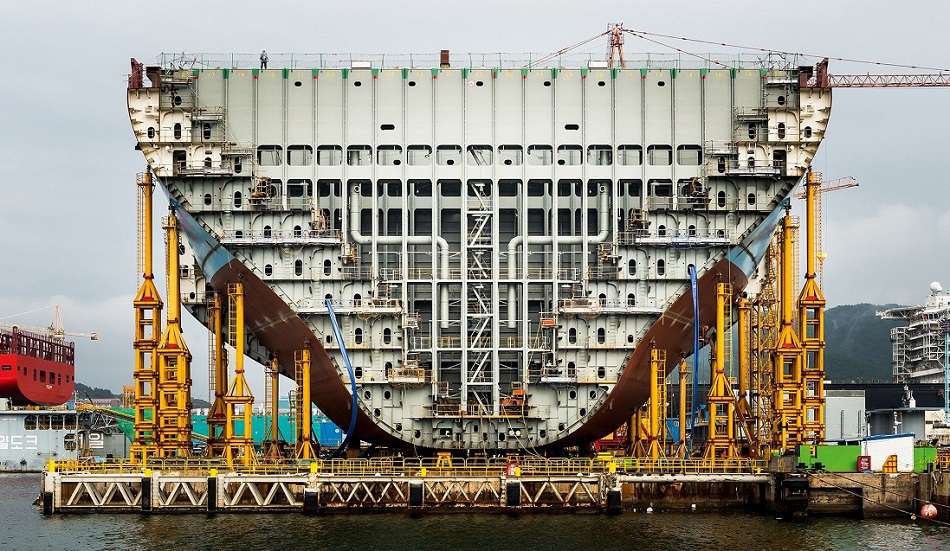The history and evolution of naval architecture has always been an intriguing discipline which still continues to pull in researchers and scientists. Let’s rummage through the pages of history to follow the evolution of the fascinating field of naval architecture as well as its historical significance.
The Unenlightened Era
In 1600s aesthetics were given more importance than the actual construction of and fuction of a ship, neglecting vital characteristics such as stability and hull proportion. Even the drawings were made without the application of geometry and the line traces. The drawings of the ships were similar to those of fortresses and luxurious houses with elaborate decorations and designs.

From the Mountains to the Sea
But things changed by 1700s. How? Its a fascinating story!
It is believed that naval architecture was born in the mountains of Peru. A French astronomer named Pierre Bouguer who never built a ship in his life is supposed to be the man behind its birth. But how can a man who never built a ship in his life nor had an experience in shipping activities possibly begin the field of naval architecture?
It all started in 1735 when French Navy and the science communities sent an expedition to Peru to affirm the true shape of Earth. Till then it was not discovered that Earth was spherical. Scientists did not know whether the earth was flattened or extended at the poles. On this 10-year expedition Pieree Bouguer and his colleagues measured the length of degree of latitude from the top of Andes to the equator. It was during this journey that Pieree Bouguer wrote Traite du navire, which is suppose to be known as the first book and the cornerstone of naval architecture and which set down the scientific aspects of ship building. Metacenter is still used to measure ship stabilitytoday.

Treatise of the Ship
Traite du navire (treatise of the ship) revolutionized the designing and construction of ships. This interest in the redesign of ships was possibly encouraged by the boom in exploration of oceans. Discovering and colonizing new lands was the prime activity of each and every province. The use of science in ship building became extensive and proliferated across major ship building nations of Britain, France, Spain and Italy.
Overnight, Naval architecture became the most sought after field. It saw a sudden influx of people, from carpenters to elite members of scientific communities who wanted to learn the formulas of ship building.
Demise
But at the end of the 1700s the revolution came crashing down. The French revolution and the Napoleonic war closed down most of the research and training centers. This unfortunate and unanticipated downturn wasn’t the end but instead a stepping stone in the new era of naval architecture. Britain, which stood out in the trying times, suddenly found itself in power. The industrial revolution of 1800s that then took place in Britain saw a new dawn of naval architecture. With new technologies, and the knowledge of ship design, Britain became the undisputable maritime power.
In the next article we will see how the invention of steam engine and the use of steel in the construction of ships during the industrial revolution of Britain changed the course of naval architecture and how the development of new theories and methods in Britain brought naval architecture into a modern age.



Comments are closed